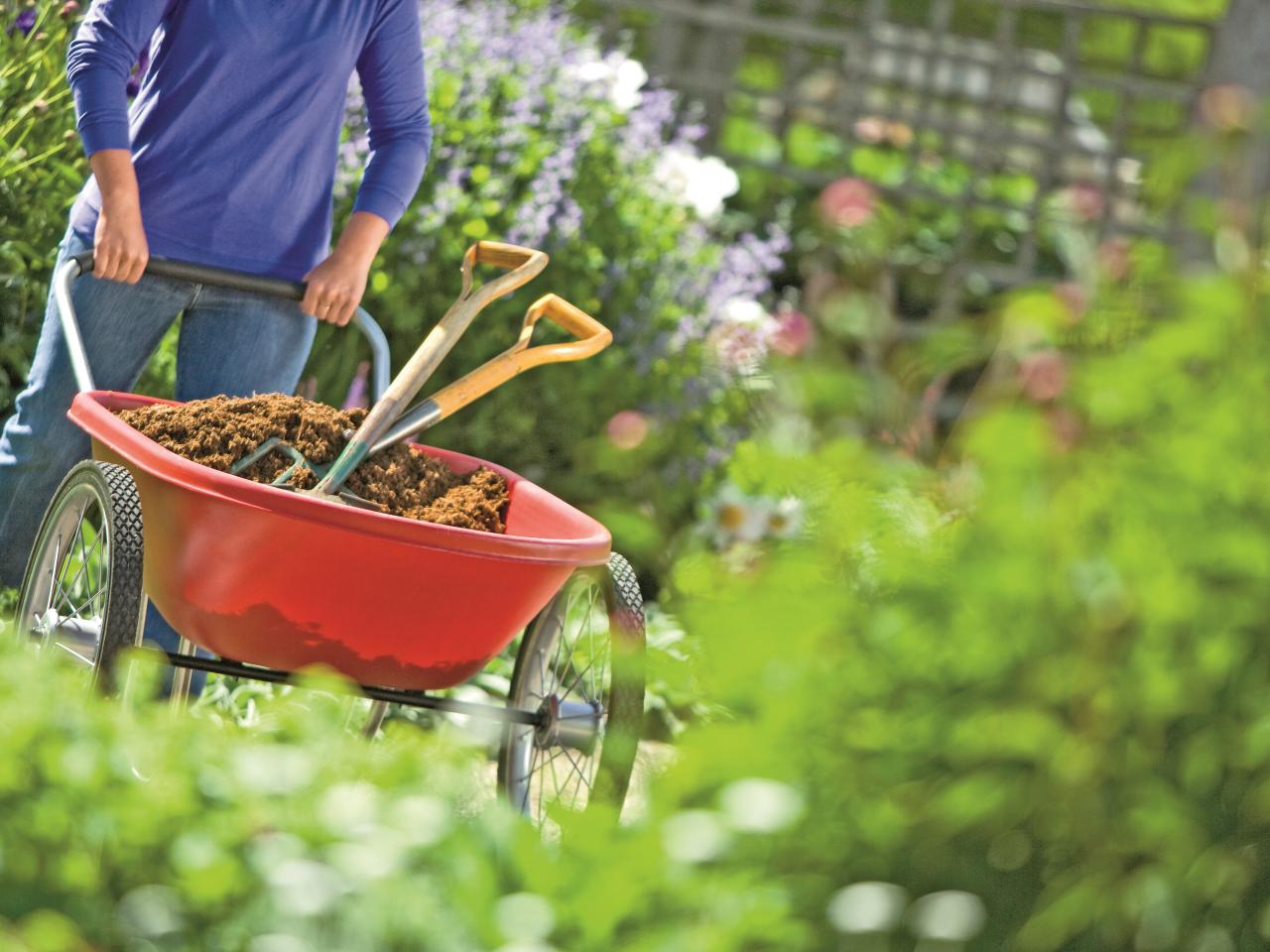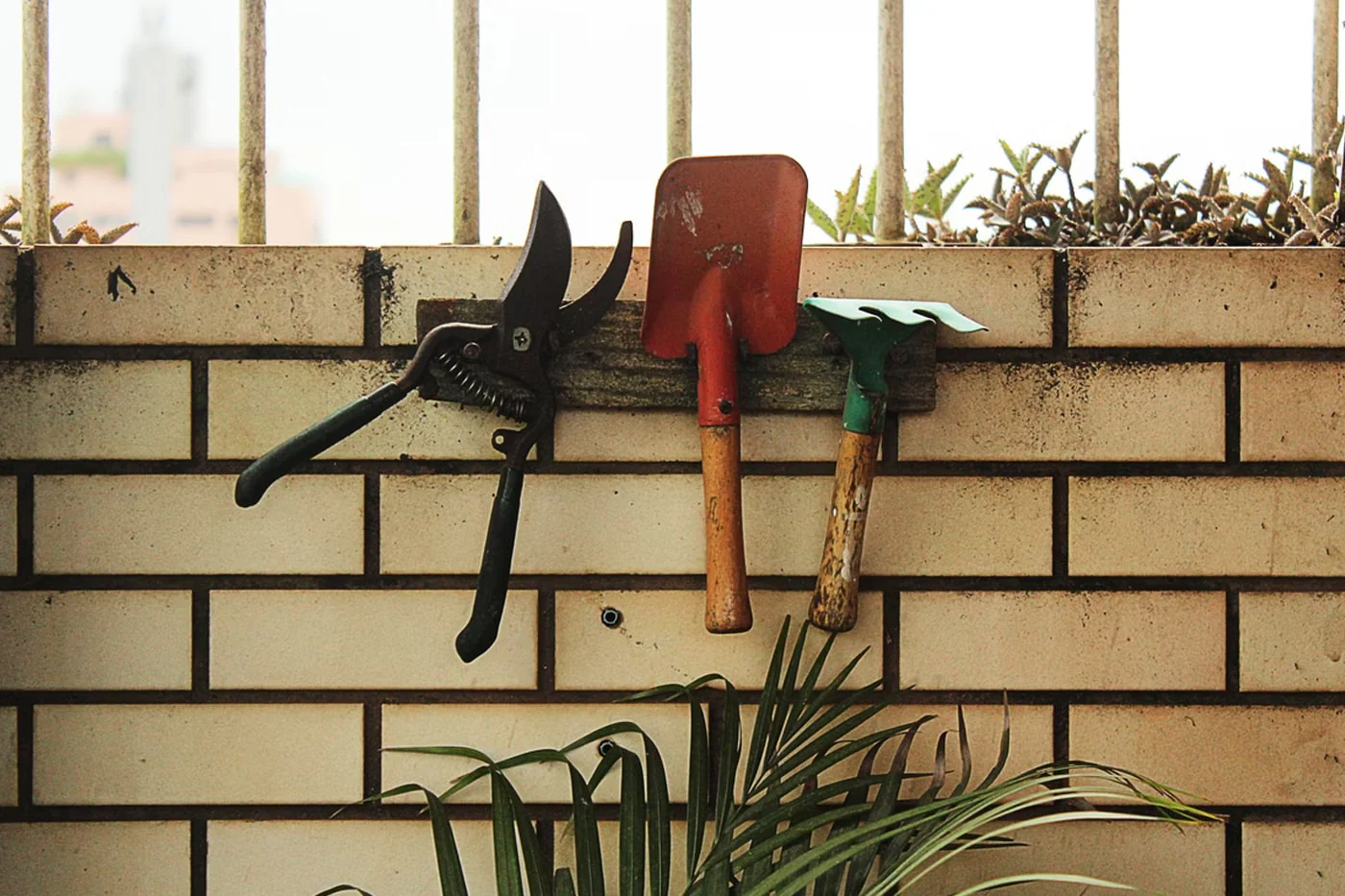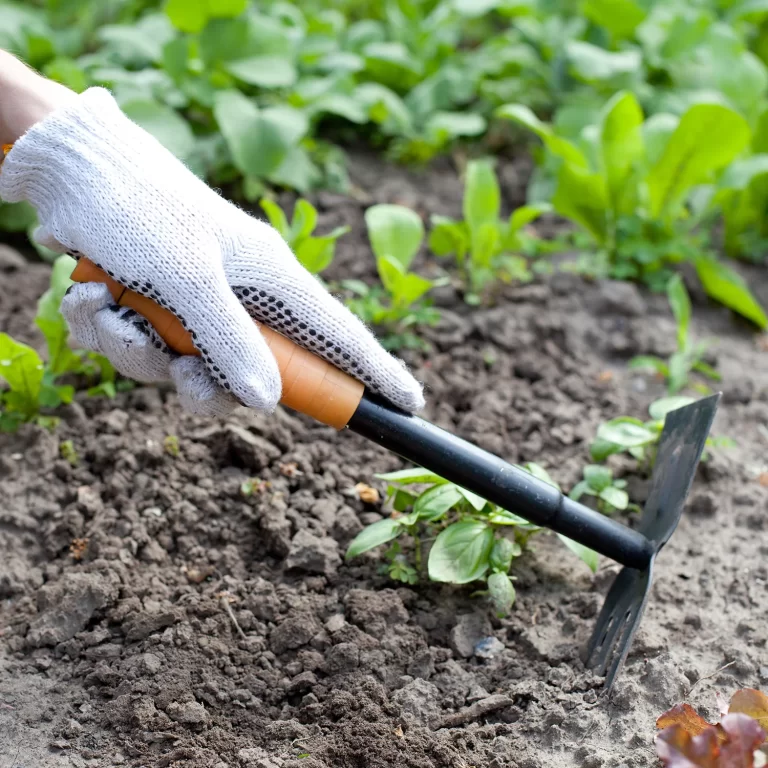
How to Sharpen Garden Tools
The Importance of Sharp Garden Tools
Dull garden tools make yard work more difficult. They require extra effort to cut through vegetation. This wastes time and energy. Dull blades also tear and crush plant material. Sharp, clean cuts promote healthy growth. Well-maintained tools enhance precision and efficiency. How to sharpen garden tools?Sharpening extends the life of tools. It prevents excessive force that can bend, warp or break them.
Common Garden Tools That Need Sharpening
Many garden tools require regular sharpening for best performance:
- Pruning shears and loppers
- Hedge trimmers
- Hoes and edgers
- Shovels and digging forks
- Lawn edgers
- Machetes
- Axes and hatchets
- Garden knives
Tools with beveled edges or points need frequent sharpening. Monitor and sharpen as needed.
Equipment Needed for Sharpening Tools
Invest in quality sharpening equipment. Good tools simplify the sharpening process. Must-have items include:
- A sharpening stone or file
- Penetrating oil like WD-40
- Rags or paper towels
- Safety glasses
- Work gloves
- Vice grips or clamps
- A flat, stable surface
Whetstones offer versatility for varied tool edges. Files work best for specialized jobs like saw blades.
Step-by-Step Guide to Sharpening Garden Tools
Follow these universal steps to sharpen and tune up garden tools:
- Clean the tool blade or edge thoroughly. Use a stiff brush and degreaser to remove caked-on debris.
- Apply a penetrating oil if the metal has rust or corrosion. Allow it to soak in.
- Secure the tool with clamps or a vice grip. Position it for a stable sharpening stroke.
- Place the sharpening stone at the recommended angle against the blade. Start with coarse grit.
- Apply firm, even pressure. Pull the stone from heel to tip in single direction strokes.
- Maintain the appropriate angle to create a beveled edge. Keep stroke consistency.
- Check the edge frequently by slicing paper. Continue until sharp.
- Switch to finer grit stones for final polishing and honing.
- Wipe tools clean and apply a protective oil coating.
Go slowly and exercise caution while sharpening. Rushing can damage the blade bevel.
Proper Sharpening Angles for Garden Tools
The ideal sharpening angle varies by tool purpose:
- Shovels: 25-30 degrees for pushing soil
- Hoes & edgers: 30-35 degrees for slicing
- Loppers: 25-30 degrees for clean branch cuts
- Machetes: 20-25 degrees for heavy chopping
- Pruners: 30-40 degrees depending on blade curve
Consult the manufacturer guidelines. Match the existing edge bevel angle.
Tips for Sharpening Specific Garden Tools
Consider these additional tips for common garden tools:
Shovels & Digging Forks
- Sharpen both the front and back bevels on the edge
- Use a mill file for flat sharpening shovels
- Clamp securely to stabilize during sharpening
Hoes & Garden Hoes
- Sharpen just the beveled edge on the top side
- Hold a 45-degree angle with the sharpening stone
- Keep the corners squared and sharp for precise lines
Loppers & Pruning Shears
- Disassemble to sharpen each beveled side
- Use a cone-shaped sharpening rod for curved blades
- Tighten the nut/bolt joint after sharpening
Machetes
- Use a coarse file or whetstone for fastest results
- Focus on the beveled edge, not the flat side
- Create a pronounced bevel angle of 20-25 degrees
Axes & Hatchets
- Clamp securely at the ideal 25-degree angle
- Sharpen both beveled edges equally
- Use stones progressively from coarse to fine grit
Sharpening Lawnmower Blades and Other Power Tools
Gas-powered equipment like lawnmowers requires more caution. Follow these practices:
- Disconnect all power sources like batteries or spark plugs
- Secure the blade from rotating during sharpening
- Use a vice to clamp the blade or blade removal tool
- Apply a cool penetrating oil to ease sharpening
- Sharpen both bevels evenly from the top side
- Check balance after sharpening by spinning the blade
Sharpening mower blades maintains a clean, precise cut. Sharpen at least once per season.
Safety Precautions for Sharpening
Exercise extreme care when working with sharp tools. Take precautions:
- Wear protective gloves and eyewear
- Clamp tools securely to prevent slips
- Keep a solid stance and posture
- Sharpen with controlled, consistent motions
- Direct strokes away from the body
- Store sharpening supplies properly after use
- Work on a stable, level surface
Rushing or sharpening with poor form risks injury. Focus on safety.
Whetstones vs Sharpening Files: Which Option is Best?
Whetstones provide maximum versatility for varied garden tools. They include coarse grits for heavy shaping plus fine grits for polishing edges. Files excel for specialized shaping uses like:
- Thinning bevels on mower blades
- Sharpening saw teeth
- Deburring and smoothing edges
- Putting grooves in cutting surfaces
Use whetstones for general garden hand tool sharpening. Add files for power equipment or specialized requirements.
Extend Tool Life With Routine Sharpening
Well-sharpened garden tools make yardwork easier and more efficient. They prevent excessive strain that could damage tools. Sharp tools also promote cleaner, healthier cuts for plants. Build tool sharpening into seasonal maintenance. Plan to sharpen:
- Digging tools each spring before peak use
- Pruners every 2-3 months during growing seasons
- Lawnmower blades at the start and midpoint of mowing season
- Cutting tools like machetes and hatchets before heavy tasks
Keep tools sharpened for optimal long-term performance. Proper technique is essential for effective, safe sharpening.
The Bottom Line on Sharpening Garden Tools
Dull garden tools require more effort with worse results. Routine tool sharpening is a wise investment in time and money. Quality whetstones and files provide affordable at-home sharpening options. Mastering proper sharpening angles and techniques increases tool longevity. With sharp edges, gardening chores become easier and more rewarding.
In conclusion, sharpening garden tools is essential for maintaining their effectiveness and ensuring a successful gardening experience. Whether it’s pruners, shears, shovels, or hoes, maintaining sharp garden tools is crucial for precise and efficient work. The sharpening process involves the use of appropriate tools such as files, sharpening stones, or grinders, depending on the tool’s condition and the level of sharpening required.
Consistency and technique play a vital role in achieving the desired sharpness, and proper care must be taken to maintain the tool’s original bevel and angle. After sharpening, it’s important to clean the tool and apply a protective coating to prevent rust and corrosion.
By prioritizing the sharpening of garden tools as part of a routine maintenance plan, individuals can enjoy the satisfaction of a well-kept garden and the improved functionality of their tools. Whether it’s a simple hand pruner or a sturdy shovel, the benefits of sharp garden tools extend beyond the immediate task at hand, contributing to the overall success and enjoyment of gardening endeavors.





